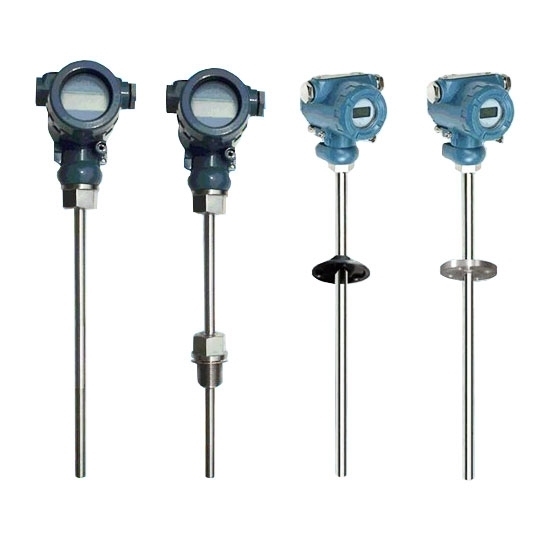
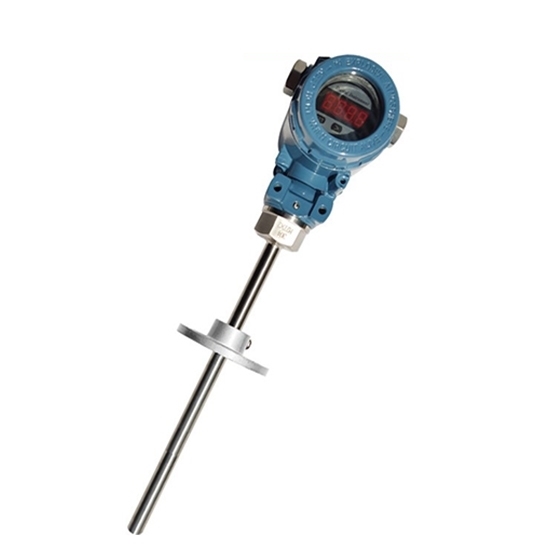
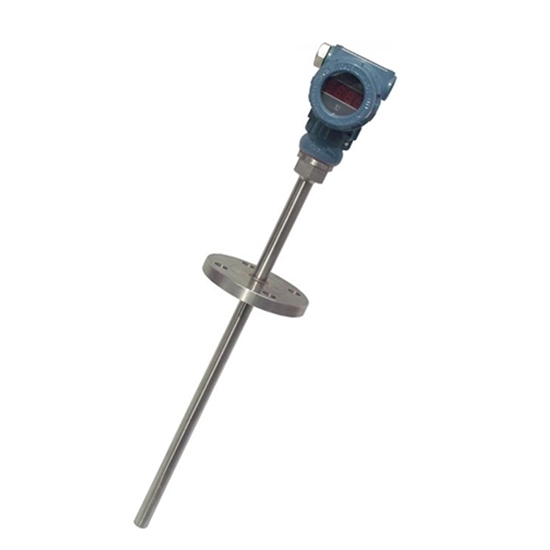
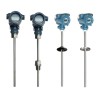
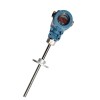
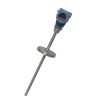
Digital Thermocouple With Transmitter, K Type
from
$143.68
Ex Tax: $143.68
- Stock: In Stock
- Model: RDDLZ-TC-KD
- Weight: 1.00
- SKU: RDDLZ-TC-KD
Available Options
Create unlimited custom product blocks and display them in accordions or tabs or open blocks. Each block can be assigned to all products at once or specific products according to advanced criteria.
Create unlimited custom product blocks and display them in accordions or tabs or open blocks. Each block can be assigned to all products at once or specific products according to advanced criteria.
K type thermocouple built-in transmitter can directly provide accurate input signal of temperature changes for display instruments, recording instruments, signal conditioners, scanister and computer.
Specification
1. Thermocouple temperature range chart
| Type of sensing element | Temperature range |
| E type | 0~400℃ |
| 0~600℃ | |
| K type | 0~400℃ |
| 0~600℃ | |
| 0~800℃ | |
| 0~1000℃ | |
| S type | 600~1600℃ |
| B type | 800~1800℃ |
| N type | 0~400℃ |
| 0~600℃ | |
| 0~800℃ | |
| 0~1100℃ | |
| 0~1200℃ |
2. Transmitter parameter chart
| Input | Thermocouple: K, E, B, S, T, N |
| Output | 4-20mA |
| Intrinsic error | ±0.5% |
| Transmission mode | Two wire |
| Supply voltage | DC 12~35V, rated voltage DC 24V |
| Load resistance | 0~600Ω (DC 24V), rated load 250Ω |
| Temperature influence | ≤0.05/1℃ |
| Working environment | Temperature: -25~+80℃,humidity: 5%~95%, mechanical vibration: f≤55Hz, amplitude<0.15mm |
3. Meter and protection head type (unit: mm)
4. Selection chart
| Type of sensing element | Meter type | Installing form | Mode of connection | Thermowell diameter | Thermowell total length |
| S1: E type; S2: K type; S3: S type; S4: B type; S5: T type; S6: J type; S8: N type; | P0: No meter; P2: Meter with digital display; P4: Intelligent meter with digital display | I1: No fixed device; I2: Fixed card sets of thread joint; I3: Movable card sets of thread joint; I4: Fixed card sets of flange; I5: Rectangular movable flange; I6: Taper thermowell and fixing thread | C3: Standard waterproof protection head; C4: Explosion-proof protection head | D0: Φ16mm | 300~2150mm |
Note: The sensing element is sheath thermocouple, thermowell material is stainless steel, and circuit adopts non-isolated type. When ordering products, write the thermowell insertion depth l and the corresponding temperature range for output 4~20mA signal you need.
Application
Tips: Differences between RTD sensor and thermocouple
- The nature of signal. RTD sensor itself has resistance. The change of temperature makes the resistance produce positive or negative resistance changes, and output resistance signal. The thermocouple generates induced voltage that changes with the temperature changes.
- The temperature range detected by these two kinds of sensors is different. RTD sensor is used to low temperature detection while thermocouple is used to high temperature detection.
- In the aspect of material, the thermistor is a single metal material with temperature sensitive changes character.
- The thermocouple is thermometal, which is combined with two different metals. Due to the change of temperature, electric potential differences are produced on both ends of two different metal wire.The thermocouple has positive and negative poles and so does the extension wire. RTD sensor doesn't need extension wire, and it is cheaper than thermocouple. But RTD sensor requires power supply excitation, which can't instantaneously measure the change of temperature.
Builder in Product TAB
NEW! Since Journal 3.2, the much improved T.A.B (Tabs Accordion Blocks) system supports the page builder inside the tab content. Unlimited Blocks, Tabs or Accordions with any HTML content or the builder interface (supporting custom rows/columns/modules) can be assigned to any individual product or to certain groups of products, like entire categories, brands, products with specific options, attributes, price range, etc.
You can indicate any criteria via the advanced product assignment mechanism and only those products matching your criteria will display the modules.
Also, any module can be selectively activated per device (desktop/tablet/phone), customer login status and other criteria. Imagine the possibilities.
